
Self-Portrait by Leonardo da Vinci
One of the world's most famous self-portraits is going on rare public display in the northern Italian city of Turin. Very little is known about the 500-year-old, fragile, fading red chalk drawing of Leonardo da Vinci but some believe it has mystical powers.
There is a myth in Turin that the gaze of Leonardo da Vinci in this self-portrait is so intense that those who observe it are imbued with great strength.
Some say it was this magical power, not the cultural and economic value of the drawing, that led to it being secretly moved from Turin and taken to Rome during World War Two - heaven forbid it should ever fall into Hitler's hands and give him more power.
Whatever the reason, this was the only work from the entire collection of precious drawings and manuscripts to be removed from the Royal Library in Turin at the time.
The library's current director, Giovanni Saccani, says nobody even knows exactly where it was hidden. "To prevent the Nazis from taking it, an intelligence operation saw it transported in absolute anonymity to Rome."
Under such difficult circumstances, preservation was not properly considered, "nor did they have the same knowledge and techniques back then," says Saccani. "Naturally, this did not do its condition any good."
Inside the Royal Library a pristine red carpet lines the stairs - we follow the steps down to a secure underground vault with reinforced doors.
This purpose built caveau has been the home of Leonard's
Self-Portrait, and thousands of other priceless drawings and manuscripts, since 1998. The picture's treatment today could not contrast more strikingly with the neglect it suffered during the first half of the 20th Century.
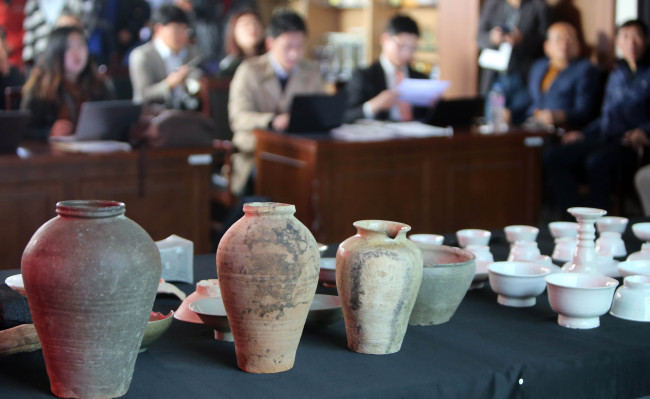
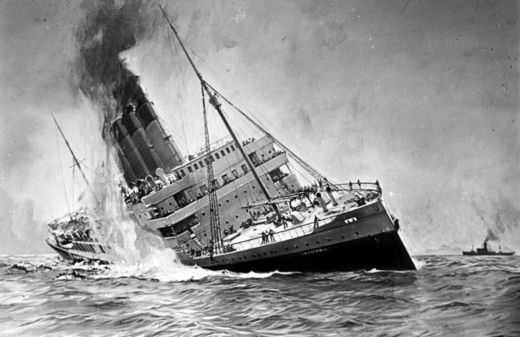
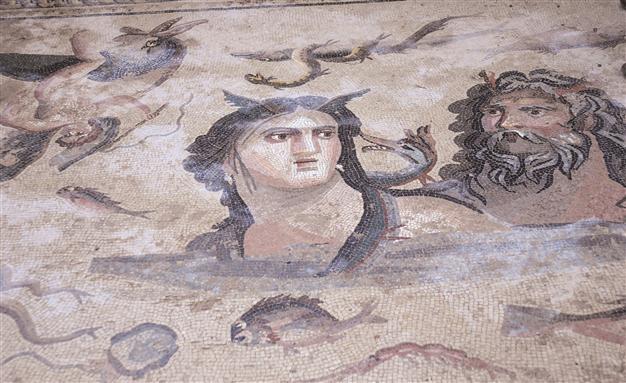

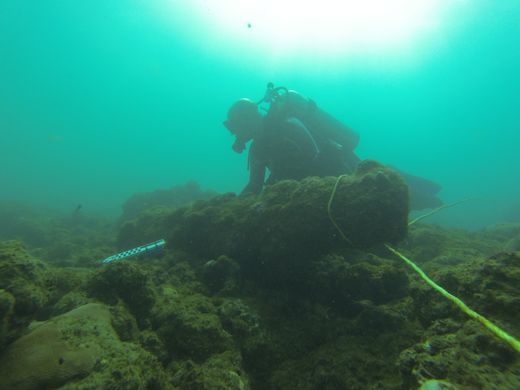
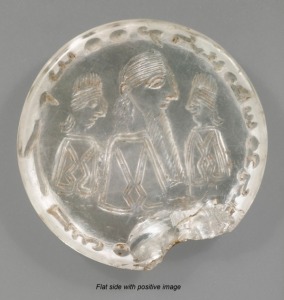


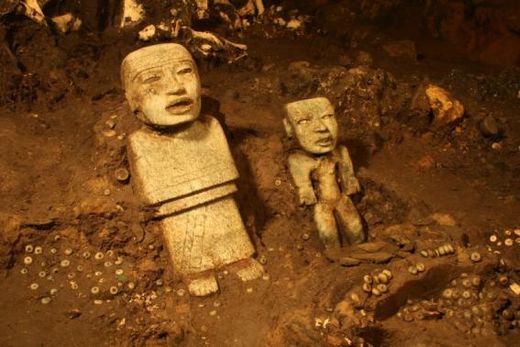




Comment: In contravention of the rules of war at the time (the Hague Conventions and the Cruiser Rules) the RMS Lusitania was carrying a considerable amount of ammunition, explosives, and other war materiel for the armies of England and France. Germans knew that The Lusitania was carrying military supplies bound for Germany's enemies on the Western Front. The German embassy in Washington even took the precaution of placing an advertisement in 50 U.S. newspapers warning civilians not to sail on the Lusitania. Due to the intervention of the State Department most of the notices were not published
The sinking of the Lusitania was a major catalyst for America's later entry into the World War. Total deaths from the War are estimated between 9 and 15 million souls; American casualties of dead and wounded were in excess of 300,000. But the House of Morgan, House of Rothschild, and other banksters were thoroughly pleased at America's entry into the War. It meant that they continued to benefit hugely from the wholesale slaughter and misery of millions of programmed human beings. When one thinks of Pearl Harbour, Gulf of Tonkin, 9/11, and other false flags it seems that some things never change. The lessons of history are quickly forgotten. See: Sinking the Lusitania: An act of mass murder by the banksters